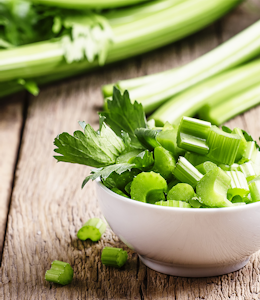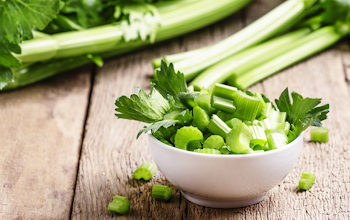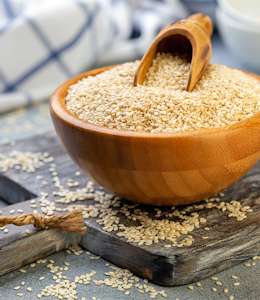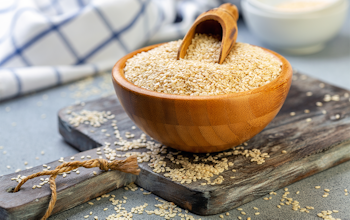Allergen Deep Dive: Fish
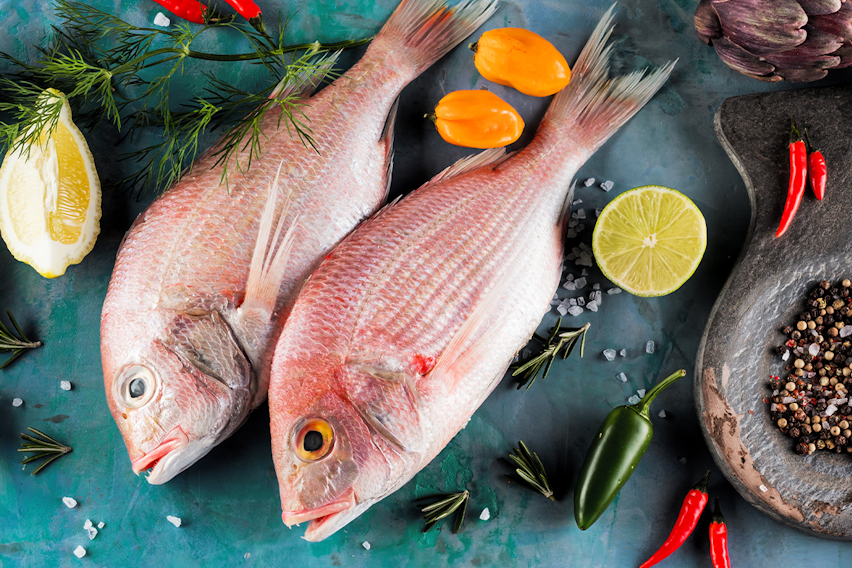
Fish, in its many forms, is one of the UK’s favourite ingredients, and fish dishes are especially prominent in British cuisine - think fish and chips, breakfast kippers, fish pie, jellied eels.
Fish is also one of the 14 major food allergens, and a trigger for those with an allergy to it. So read on to find everything you need to know about the foods and drinks to look out for, the symptoms of an allergic reaction and the best Fish replacements for your recipes...
What are Fish?
Fish are aquatic animals that breathe through gills. They are one of the 6 main animal groups, alongside mammals, birds, amphibians, reptiles and invertebrates. They are cold-blooded, do not have limbs with digits and are typically divided into 3 groups:
- Jawless fish (superclass Agnatha)
- Cartilaginous fishes (class Chondrichthyes)
- Bony fish (superclass Osteichthyes)
In Western cuisine, fish are predominantly eaten cooked but they are sometimes eaten raw, particularly in Asian dishes.
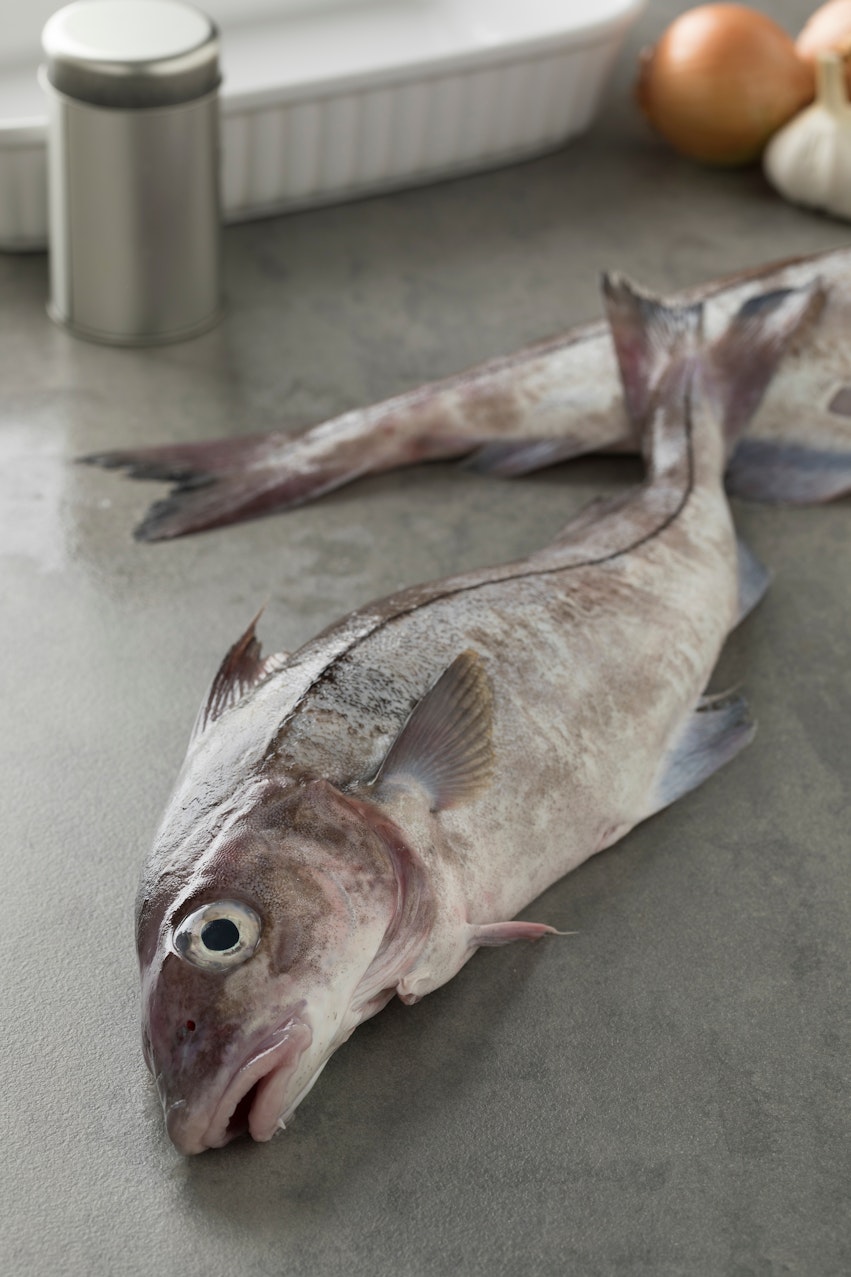
Whilst both are usually found in water, (finned) fish and shellfish are not closely related. This means that people with a Fish allergy will not necessarily have, or have cross-reactivity with, a Crustacean or Mollusc allergy.
Can you be allergic to Fish?
Yes, you can be allergic to Fish. Fish allergies are not especially common, but Fish are one of the 14 major food allergens. The severity of a Fish allergy may vary - some people may be able to tolerate small amounts of Fish, whereas others may develop symptoms simply by breathing in the steam coming from steamed fish.
What is a Fish allergy?
An allergy occurs when a person’s body misidentifies a harmless substance as being dangerous, and triggers a reaction from the immune system. These reactions can vary, and include anything from uncomfortable itching to life-threatening anaphylaxis.
It is usually a protein named “parvalbumin”, found in fish that triggers a negative reaction from a person with a fish allergy’s immune system if they consume a food or drink containing Fish.
Some fish species have more parvalbumin proteins than others (due to white vs red muscle tissue), with something like tuna being fairly low. It is possible to only be allergic to a single variety of Fish, this is known as a monoallergy.
However, parvalbumins are not corrupted or destroyed by cooking or heating, so raw and cooked Fish pose an equal threat to those with an allergy.
What is a Fish intolerance?
An intolerance to a food or drink is different to an allergy because it does not affect the immune system. It prompts a negative reaction from other areas of the body - very often the digestive system.
A Fish intolerance will usually mean a person suffers digestive problems after eating anything that contains Fish.
It’s important to understand that allergies and intolerances can share symptoms but only an allergy can trigger anaphylaxis, so getting the correct diagnosis and medication is critical.
What food and drinks do you find Fish in?

Fish is mainly eaten as a named part of a dish or meal, e.g. Salmon en croute, or a tuna melt. It will normally be easy to tell if something contains Fish, but not always. Some of the other main foods in which you might find Fish include:
- Pizza
- Salad dressings (particularly Caesar)
- Stock cubes
- Worcestershire sauce.
- Barbecue Sauce
- Soup
- Bouillabaisse
- Meatloaf
- Caponata (a Sicilian aubergine relish)
- Num Pla (Asian fish sauce)
- Dips
- Gelatine
- Ceviche
- Sushi
- Surimi (fish paste made from pollock)
What are surprising foods that contain Fish?
Fish is a surprising ingredient in several dishes - mainly because fish stock is frequently the base of many Asian sauces.
Here are some of the places you might not expect to find Fish:
- Tomato sauce (anchovies are sometimes used for flavour)
- Caesar salad (the dressing contains anchovies)
- Barbeque and Worcestershire sauce
- Imitation crab meat (this is made with surimi)
- Certain drinks brands may use a collagen substance called Isinglass (which comes from fish bladders) in the finishing process of beers and wines

What’s another name for Fish?
Fish is usually listed by the individual fish’s name, such as:
- Anchovies
- Bass
- Catfish
- Cod
- Flounder
- Grouper
- Haddock
- Hake
- Halibut
- Herring
- Mahi Mahi
- Mackerel
- Monkfish
- Perch, Pike
- Pollock
- Salmon
- Sardines
- Scrod,
- Swordfish
- Sole
- Snapper
- Tilapia
- Trout
- Tuna
What does an allergic reaction to Fish look like?
Fish allergy symptoms usually appear within an hour of eating or coming into contact with the allergen. These symptoms include:
- Red, itchy rash (either raised or not raised)
- Dizziness
- Vomiting and nausea
- Mouth itching or tingling
- Hives
- Shortness of breath and/or wheezing
- Sneezing
- Diarrhoea
- Face, mouth and/or throat swelling
- Abdominal pain
- Difficulty swallowing
- Wheezing
An allergic reaction may also result in anaphylaxis.
Anaphylaxis can be fatal, and the symptoms include:
- Difficulty breathing
- Faintness and dizziness
- Swollen tongue and issues with speaking or swallowing
- Tight chest
- Collapsing and losing consciousness
If a person experiences anaphylaxis an ambulance must be called.
How do you treat a Fish allergy?
A Fish allergy is best treated by checking ingredients and avoiding foods and drinks that contain Fish.
If a mild reaction is suffered, antihistamines may help.
If an anaphylactic reaction occurs an AAI should be administered and 999 called.
How can I avoid Fish?
The best way to avoid Fish is to check food labels carefully, and always check with the menu or your server when eating out.
Following a vegan diet is another way to avoid consuming Fish, as vegan products cannot be derived from any type of animal.
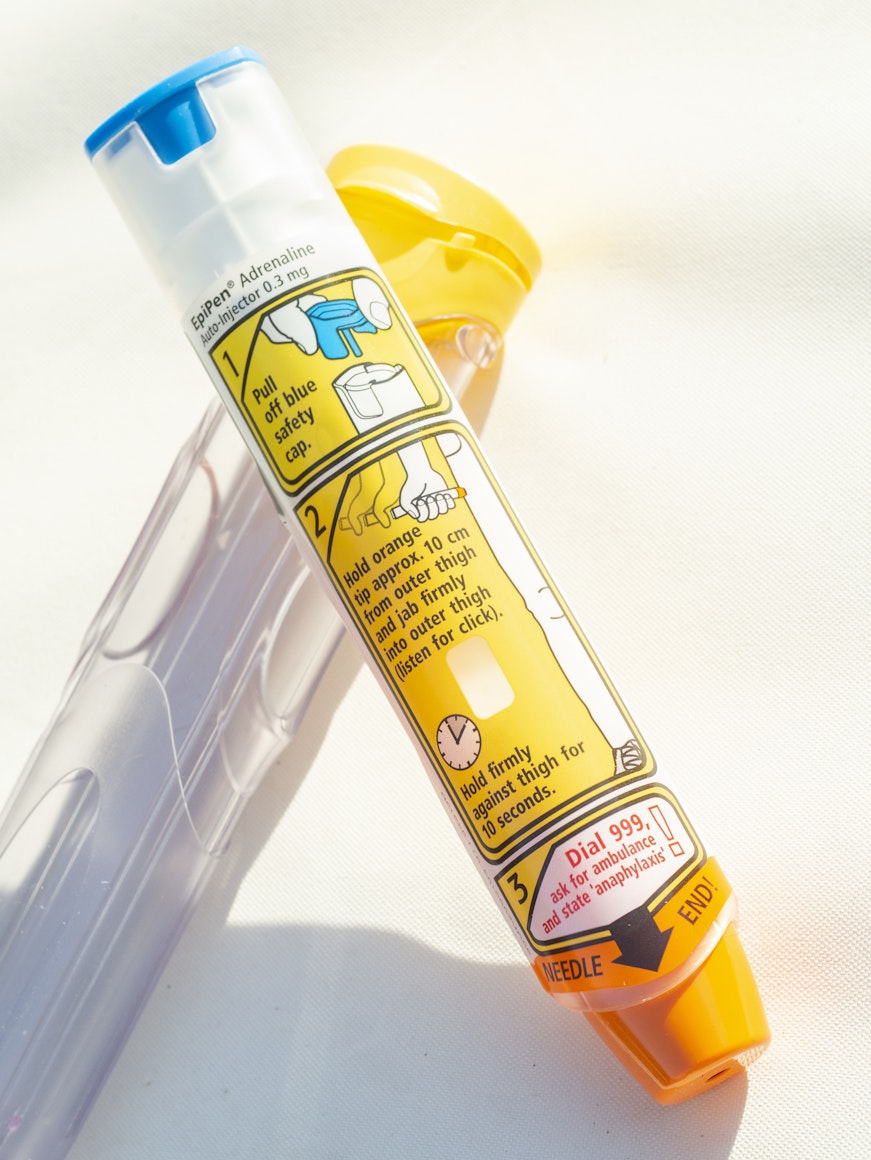
If you have a severe Fish allergy it is best to avoid seafood restaurants altogether, as though there might be Fish-free or seafood-free options on the menu, there is an increased risk of cross-contamination both in the kitchen, and in the restaurant itself - due to things like menus, cutlery and condiments.
What’s an alternative for Fish?
If a person has a Fish allergy but not a Mollusc or Crustacean allergy, things like crab, scallops and prawns have a fishy taste but will not trigger an allergic reaction.
Aside from that there are several Fish alternatives that can be used for different purposes. They include:
- Filleted fish - tofu, jackfruit and seitan (wheat meat) have a similar texture to fish meat, and can be used in Fish dishes that include filleted fish in sauce.
- Seaweed - seaweed or algae can be used to add a ‘fishy’ flavour to dishes.
- Fish stock - dried seaweed alongside dried mushrooms can be used as a Fish stock alternative.
- Salmon - thinly cut carrots marinated for hours in oil, vinegar, algae and liquid smoke are thought to taste like salmon.
- Tuna - tomatoes can be treated, cooked and peeled and cut to resemble tuna.
There are also many vegan Fish substitutes on the market.
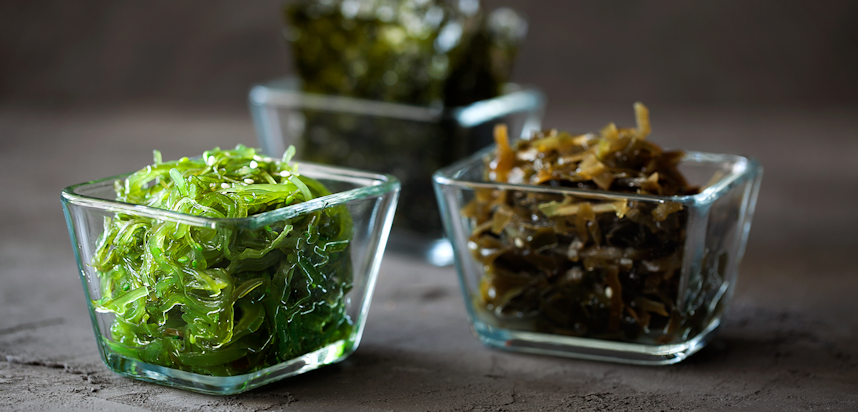
Is Fish one of the 14 major food allergens?
Fish is one of the 14 major food allergens. This means that pre-packed food sold in the UK, and the rest of the European Union, must clearly indicate on the label if it contains Fish.
The other major food allergens are
- Celery
- Cereals containing Gluten
- Crustaceans
- Eggs
- Lupin
- Milk
- Molluscs
- Mustard
- Nuts (Tree Nuts)
- Peanuts
- Sesame
- Soya
- Sulphur Dioxide (Sulphites)
For more information visit the Food Allergens page.




